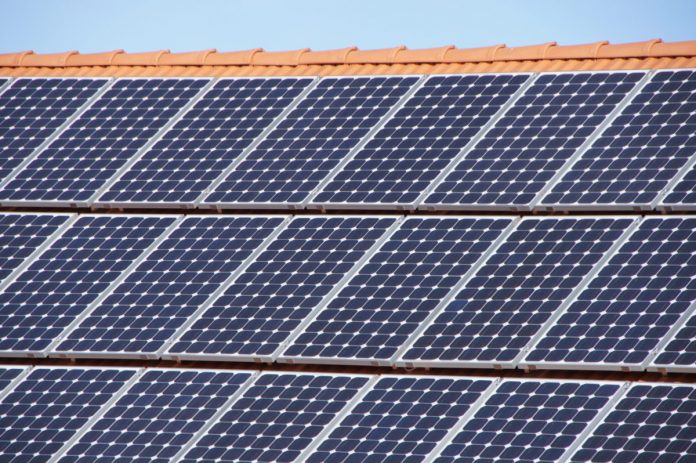Dutch Minister of Economic Affairs and Climate Change, Eric Wiebes, has presented a letter in parliament outlining the proposed residential solar net-metering tariffs that will come into force in 2023, when the current scheme expires, and remain until the end of 2030.
Under the new rules, net metering payments for excess power fed back into the grid – which are currently level with the wholesale electricity price – will fall in value by 9% per year, to 64% of the current price in 2026 and 28% in 2030. From 2031 no tariffs will be paid for excess power fed into the grid from residential systems.
The government cited a study by the Netherlands Organisation for Applied Scientific Research (TNO) which showed the new rates would still be beneficial to solar energy deployment. However, the TNO study did indicate the proposed net metering rates would lengthen payback periods for household solar from around six years, if installed in 2023 – and less than five years from 2028 – to an average of around seven years, depending on system size.
Residential batteries
The prospect of reduced net-metering returns may prompt Dutch homeowners to instead focus on raising the self-consumption rate of home solar systems, for instance by adding behind-the-meter battery storage.
The Netherlands Environmental Assessment Agency recently estimated the country could reach 27 GW of installed PV capacity by 2030. The report’s authors said the planned phasing out of net metering for rooftop PV was more likely to influence the type of projects installed after 2023 than overall volumes.
Since 2013, the residential solar sector in the Netherlands has grown at an annual double-digit rate and accounted for around 80% of installed capacity until 2016.






